- Lead
- Arsenic
- Copper
- Nitrates and nitrites
- Chromium
- Selenium
- Fluoride
- Barium
- Radium
- Cadmium
- Cyst (cryptosporidium)
- Total dissolved solids (TDS)
Fridge Filter Or Reverse Osmosis System? In most parts of Canada, getting fresh drinking water in your home is a convenience we all can enjoy. However, the quality of tap water coming directly from the faucet may not meet your expectations. Maybe you don’t like the taste, or perhaps you’re concerned about potential contaminants. Many people have made the smart choice to stop buying bottled water and use different types of filtration to improve the quality of drinking water in their homes. The two most popular methods are refrigerator water dispensers and reverse osmosis (R.O.) drinking water systems. What’s the difference? Does one of these options provide better water than the other? Here are some facts about how these solutions work and the quality of water they provide. Fridge’s that filter water are only filtering using carbon filtration. This will only take out chlorine, which is found in municipal water and, depending on the level, can make your home’s water smell and taste like a swimming pool. However, carbon filtration does not remove all contaminants. For example, carbon filtration removes some, but not all, heavy metals. It won’t remove dissolved solids or fluoride, which is a concern for some homeowners. It will certainly improve the taste and smell of drinking water, but depending on your situation, some odors and flavors may still be present. Reverse osmosis (R.O.) is a more advanced filtration process that uses multiple carbon filters in conjunction with another unique step: a semi-permeable membrane. This membrane adds another level of filtration to handle the things carbon cannot. Step one is pre-filtration, which uses a sediment filter or GAC Carbon filter to reduce chlorine and remove larger sediment particles. The second step involves the semi-permeable membrane made of a unique synthetic material. While water can pass through this membrane under pressure. Things such as lead, arsenic, fluoride, nitrates, and more are separated from the water by the material. Holmes Ecowater offers high-quality R.O. systems that have been tested and certified to remove the following:



